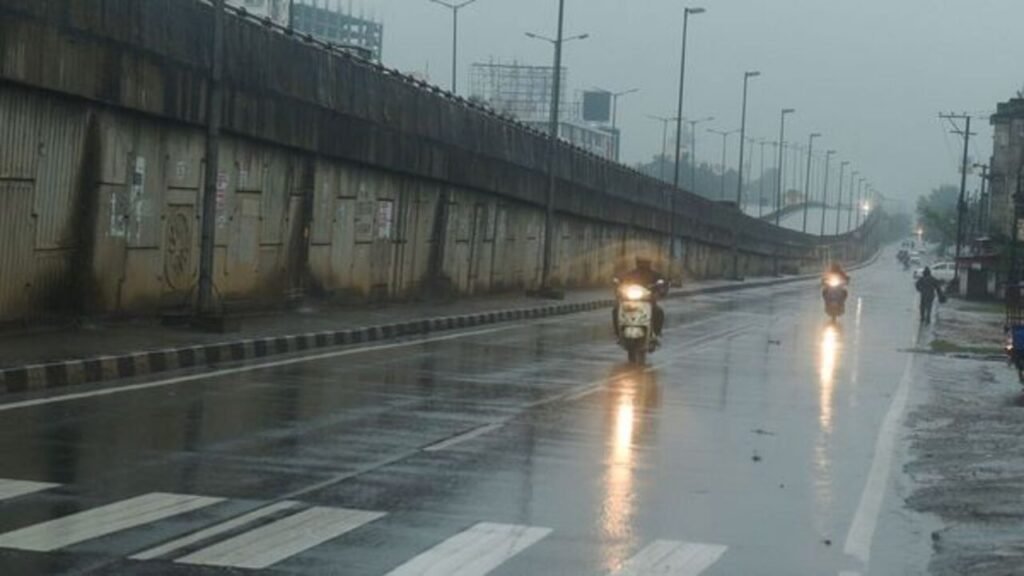Blog
Odisha Floods 2025 Heavy Rains Disrupt Daily Life, IMD Warns of More Showers

Odisha, a coastal state of India, is currently facing one of the toughest challenges of the year as incessant rains have flooded multiple districts. A well-marked low-pressure area over the Bay of Bengal triggered the heavy downpour, and it has disrupted daily life while marooning hundreds of villages.
Urban Areas Struggle with Waterlogging
Cities like Bhubaneswar, Balasore, and Cuttack are drowning in waterlogged roads. Commuters struggle to reach workplaces, and many schools and offices remain closed. Floodwaters entered hospitals and created unhygienic conditions, leaving normal life almost paralyzed.
Rural Districts Face Severe Damage
The rural belts suffer even more. Districts such as Balasore, Jajpur, Bhadrak, and Mayurbhanj have seen massive flooding. Reports confirm that floodwaters submerged more than 170 villages. Thousands of families evacuated their homes and moved to relief camps. Farmers lost standing crops, which added another layer of economic distress.
Rivers Cross Danger Mark
The Baitarani River crossed the danger level at Akhuapada. Authorities opened 14 gates of the Hirakud Dam to release excess water and manage the rising level. Although this step reduced pressure on the dam, it raised flood risks downstream.
IMD Issues Orange Alert
The India Meteorological Department (IMD) issued an orange alert for several districts until September 5. Meteorologists warned of intense rainfall, thunderstorms, and strong winds for the next 48 hours. The government strictly instructed fishermen to stay away from the sea.
Humanitarian Challenges Ahead
Relief teams continue rescue work, but authorities now focus on restoring connectivity, preventing waterborne diseases, and ensuring food supply. The Odisha government deployed disaster response teams, yet the situation demands round-the-clock monitoring.
If rains continue at this pace, Odisha may suffer long-term agricultural and economic losses. Hence, preparedness, awareness, and strong early-warning systems remain crucial for saving lives and livelihoods.

